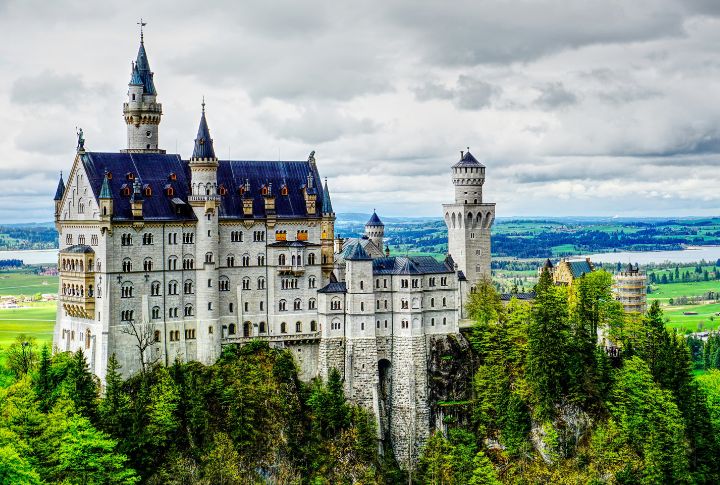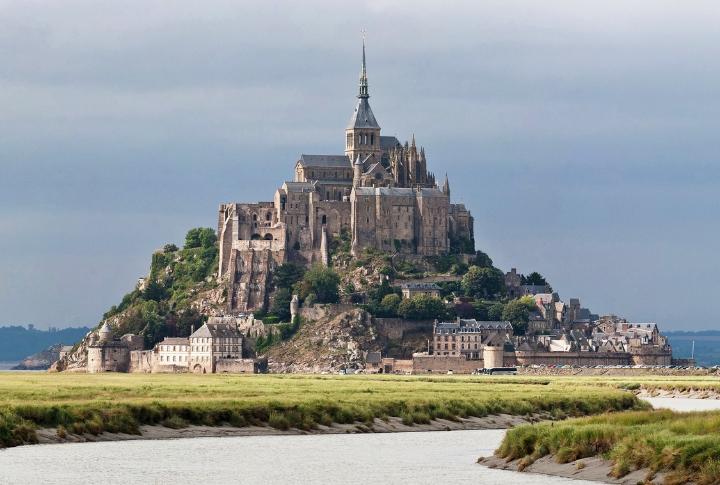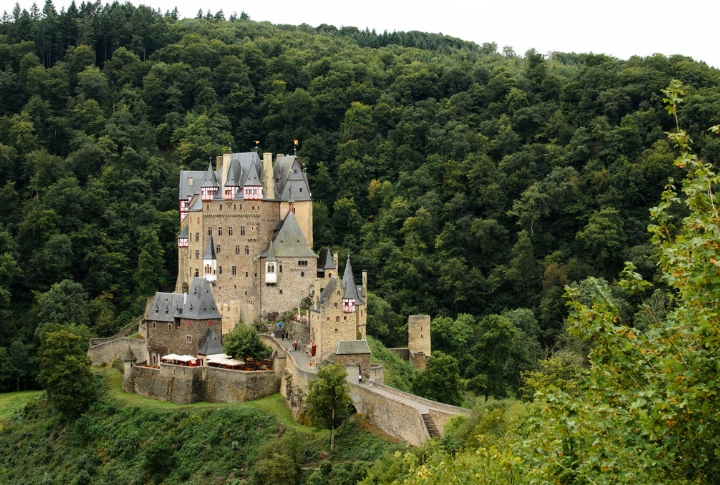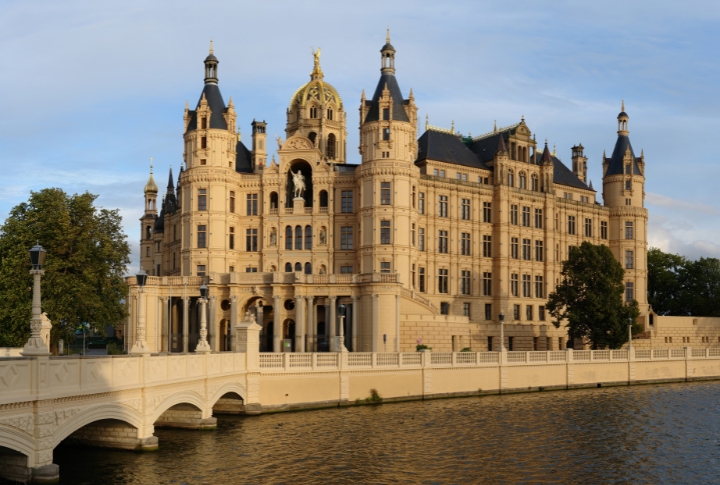
You might think Disney castles were spun purely from imagination, but their magic has roots in the real world. Many of those sweeping staircases and sky-piercing towers were inspired by old-world Europe, which was studied carefully by Disney’s artists. Let’s take a look at the real-life landmarks that shaped our most beloved Disney dreams.
Neuschwanstein Castle, Germany

Walt Disney visited Neuschwanstein before creating “Sleeping Beauty,” and it stuck with him. Towering spires and alpine charm made it the perfect inspiration for the original Disneyland castle. Artists also leaned heavily on its silhouette to craft that unmistakable storybook look still loved today.
Himeji Castle, Japan

While set in Imperial China, “Mulan’s” live-action adaptation drew architectural inspiration from historic Japanese castles for their strategic elegance. Himeji Castle’s white facade, tiered towers, and fortified grounds were referenced for designing Emperor’s Palace scenes, helping to visualize grandeur with martial functionality.
Chateau De Chambord, France

“Beauty and the Beast” needed a regal setting, and Chambord became the perfect inspiration. Its dramatic rooftop and intricate Renaissance style helped animators imagine the Beast’s castle with believable elegance. The symmetry and flair of Chambord further shaped a space that felt opulent without losing its warmth.
Alcazar Of Segovia, Spain

With steep towers and a cliffside perch, Segovia’s Alcazar mirrored the drama needed for “Snow White.” Animators studied its angular structure to create the Queen’s castle, loaded with menace and authority. That bold outline subconsciously added a sense of gravity to the story.
Chateau De Pierrefonds, France

With perfectly mirrored towers and elegant, skyward turrets, this French stronghold set the stage for Disney’s Sleeping Beauty. The Chateau de Pierrefonds, a blend of storybook grace and fortified might, offered artists the ideal balance of romance and resilience, infusing the film’s world with a touch of real medieval magic.
Mont-Saint-Michel, France

Surrounded by water and shifting tides, this French abbey feels isolated and magical at the same time. It was perfect for “Tangled” as they needed to show a kingdom that felt unreachable, and Mont-Saint-Michel helped create it. Its island foundation sparked ideas for Rapunzel’s home, far away and touched by wonder.
Burg Eltz, Germany

To design something fitting for “Cinderella,” artists looked at Burg Eltz. Located in a forest, its pointed rooftops and rich detail brought a grounded charm to the animated palace. The setting captured both royalty and softness, which helped balance the story’s fairytale tone.
Schwerin Castle, Germany

Anna and Elsa’s home in “Frozen” was inspired by Schwerin Castle, with its waterfront views and fairytale arches. The blend of Renaissance and Gothic styles in this castle gave the animators the perfect model that was both royal and approachable, just like Arendelle’s sister-duo.
Edinburgh Castle, United Kingdom

To create a setting that suited Merida’s fiery spirit in “Brave,” the team looked toward Scotland’s own Edinburgh Castle. Its fortress-like structure and rugged backdrop felt perfect for a heroine rooted in tradition. The real stone walls lent a sense of age and strength to the animated version.
Kronborg Castle, Denmark

In “The Little Mermaid,” the coastal ambiance mattered as much as the architecture. Kronborg Castle in Denmark stood near Hans Christian Andersen’s hometown, which gave Disney another connection. Its long halls and ocean views inspired scenes around Eric’s castle, tying history to fantasy.

